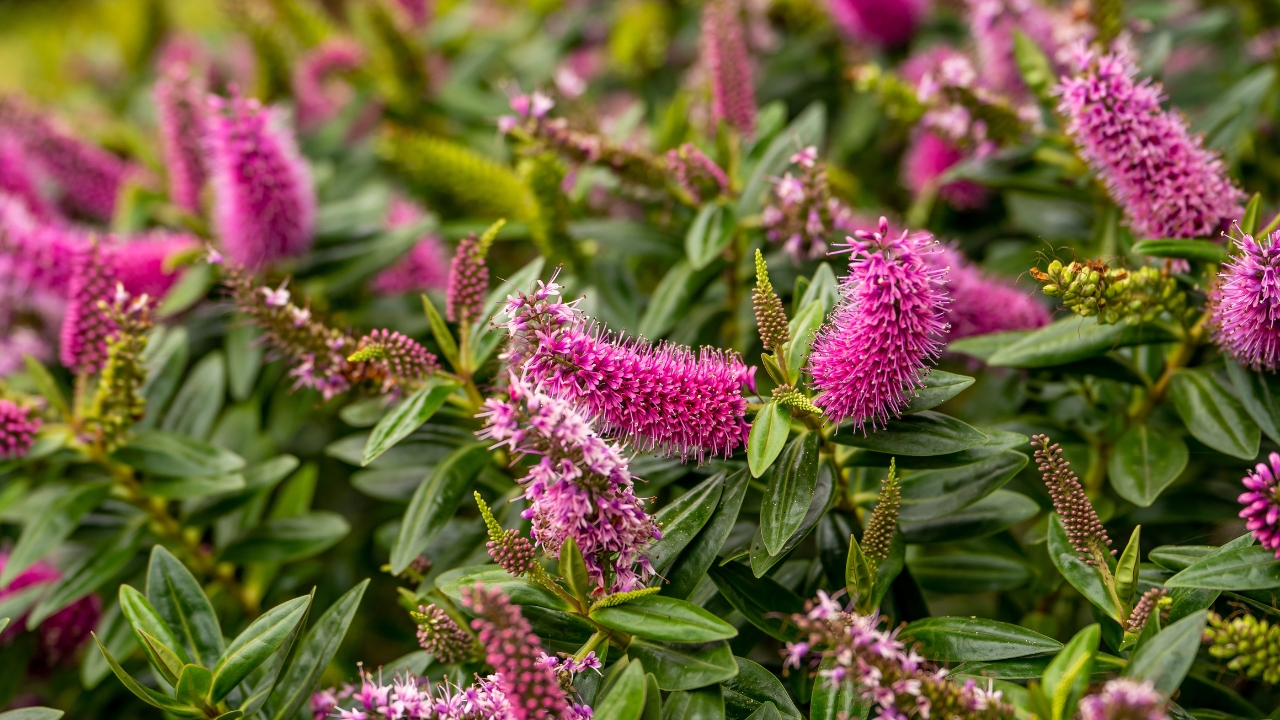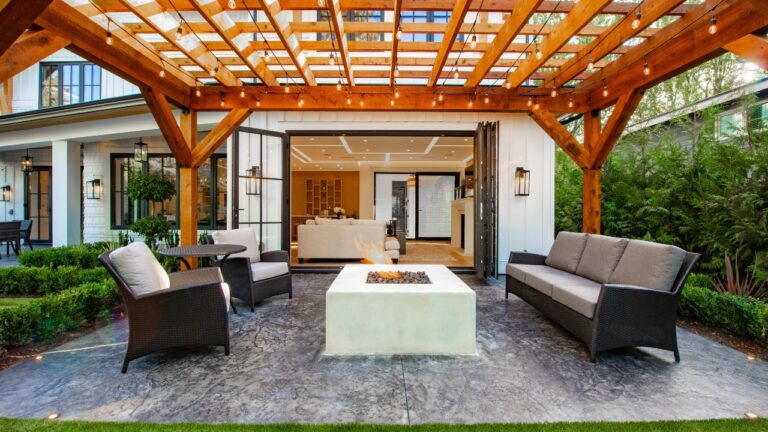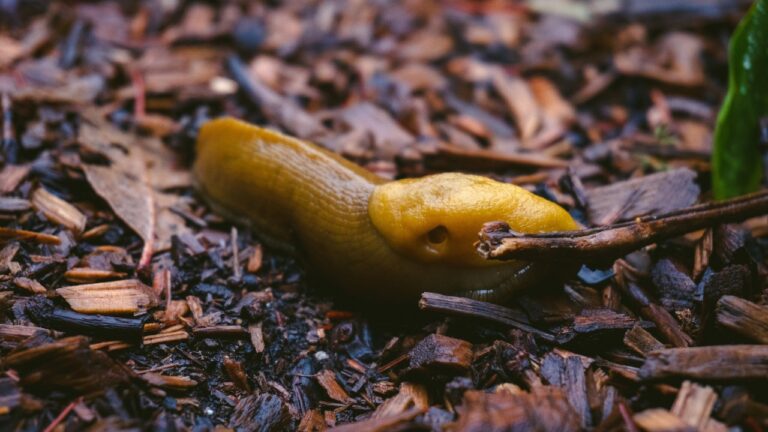10 Low-Maintenance Plants That Still Look Amazing
You don’t need a fancy garden plan or hours of free time to have a yard that looks good. Some plants can flat-out take care of themselves once they’re in the ground.
I’ve learned to appreciate the kind that doesn’t need babysitting—ones that can handle the heat, survive when I forget to water, and still pull their weight when it comes to keeping the place looking decent. If you’re after that kind of easy landscaping, this list will point you in the right direction.
Black-eyed Susan
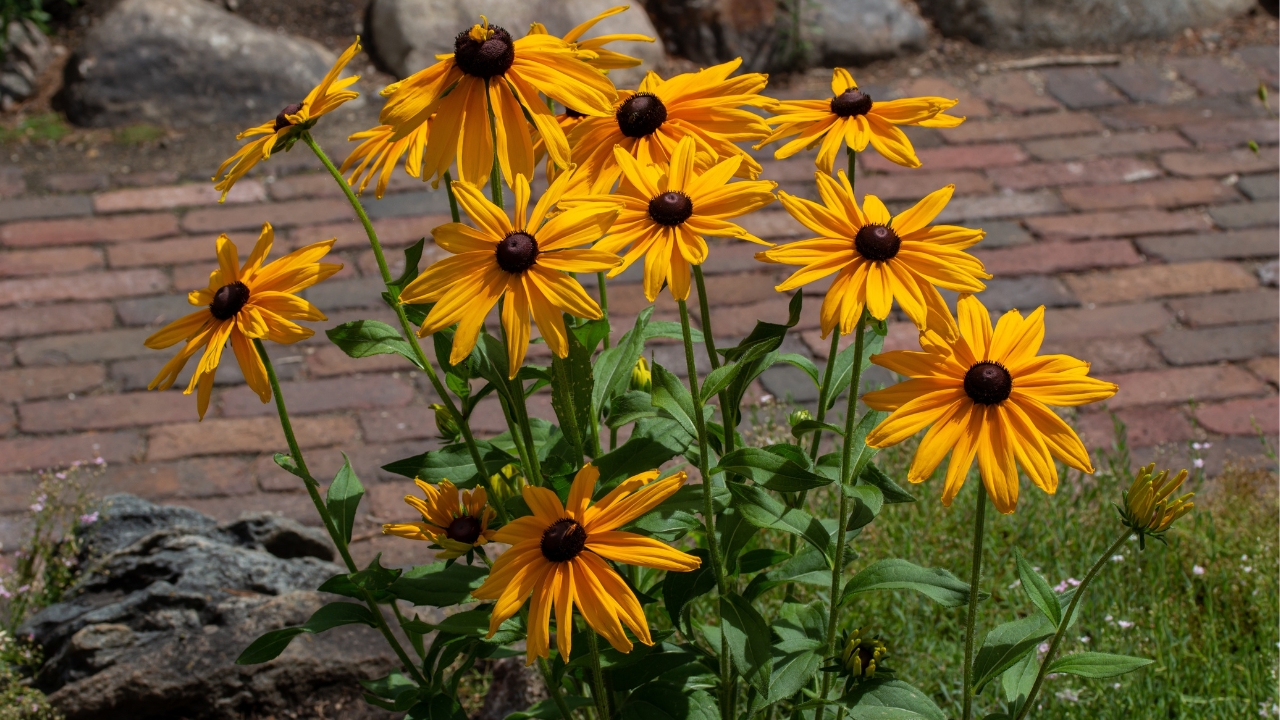
Black-eyed Susans are one of those plants you put in the ground and almost forget about—until they start showing off. These things are heat-tolerant, drought-resistant, and bloom like crazy from midsummer into fall. Their bright yellow petals with that dark center make them pop in any yard.
They like full sun, and they’re not picky about soil. Once they’re established, they don’t need much watering. If you’re in a zone that gets cold, no worries—they’ll come back strong each year. You can deadhead them to keep blooms coming, but they’ll still do fine if you skip it.
Daylilies

If you want a set-it-and-forget-it plant, daylilies are it. They’ll grow just about anywhere and ask for very little in return. The blooms only last a day, but new ones open up constantly, so you’ll still have plenty of color for weeks.
They’re fine with poor soil, and while they do best in full sun, they’ll tolerate some shade too. Once they’re in the ground, they’ll spread out slowly over the years. You can dig and divide them when they start crowding each other, or leave them be—they’ll keep on going either way.
Hostas

Hostas are ideal for shady spots where not much else wants to grow. You get wide, leafy greens in all kinds of shapes and shades—from solid green to striped or blue-tinged. They’re low effort but still make your beds look full and intentional.
These do best in part to full shade with moist, well-drained soil. Slugs can be a problem if things stay damp, so give them some space and maybe toss down some crushed eggshells or diatomaceous earth if they get bad. Otherwise, hostas take care of themselves.
Russian Sage

Russian sage is a hardy perennial that thrives on neglect. It loves hot, dry weather and poor soil. You’ll get tall, wispy stems covered in lavender-blue flowers that attract pollinators and look great in a natural-style or low-water yard.
Plant it in full sun and give it plenty of space—this stuff can spread. Don’t overwater it, and skip the fertilizer. It actually prefers to be left alone. A quick trim in early spring to clean up the woody stems is about all it needs.
Coneflowers (Echinacea)
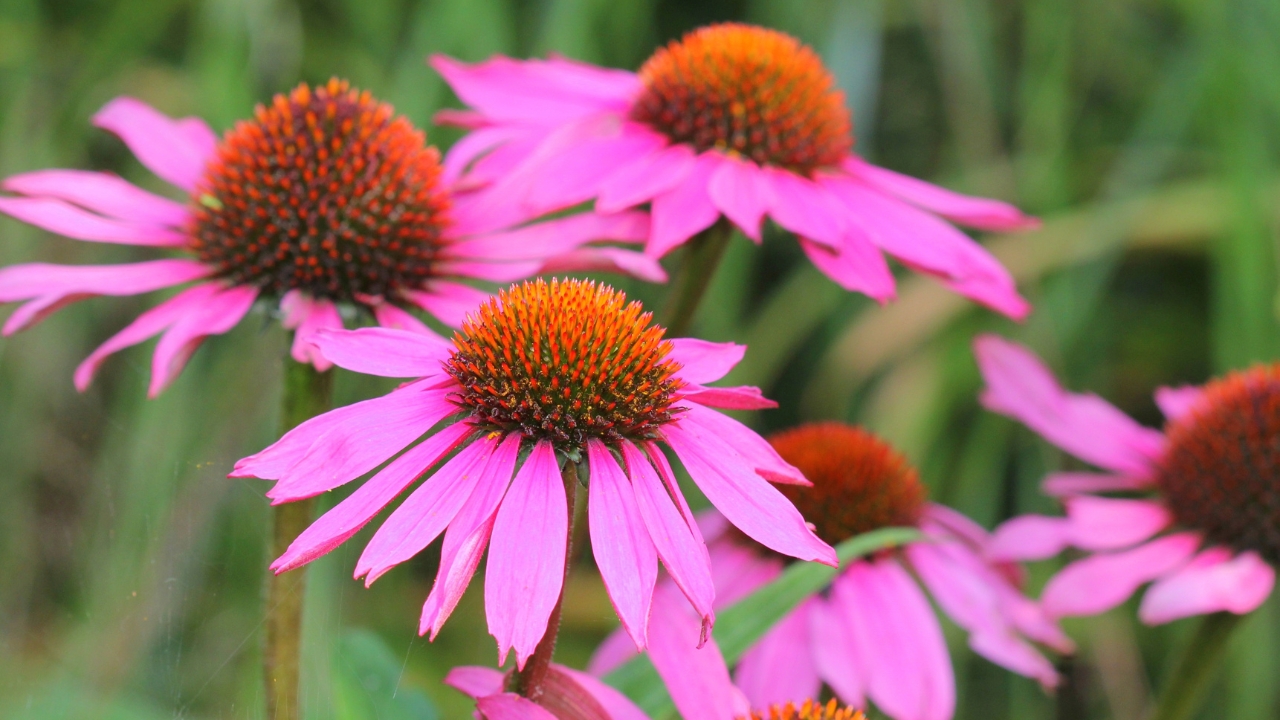
Coneflowers are native to North America, and they’re built to handle tough conditions. They bloom from summer through fall and bring in pollinators like crazy. Their spiky centers and big petals make them a standout in any bed.
They want full sun and well-drained soil. Once they’re going, you don’t need to water them much. You can deadhead if you want more blooms, but if you leave the seed heads, birds will thank you later. They reseed easily too, so you might end up with more next year without trying.
Boxwood Shrubs

Boxwoods are the go-to if you want structure and clean lines in your landscaping. They’re evergreen, so you get green foliage all year long, and they’re easy to shape if you’re into trimming. Or leave them natural—they’ll still look good.
They do best in part sun to full sun and like well-drained soil. Water them regularly when they’re first planted, but after that, they’re pretty hands-off. You’ll want to mulch around the base and trim once or twice a year to keep their shape.
Sedum (Stonecrop)
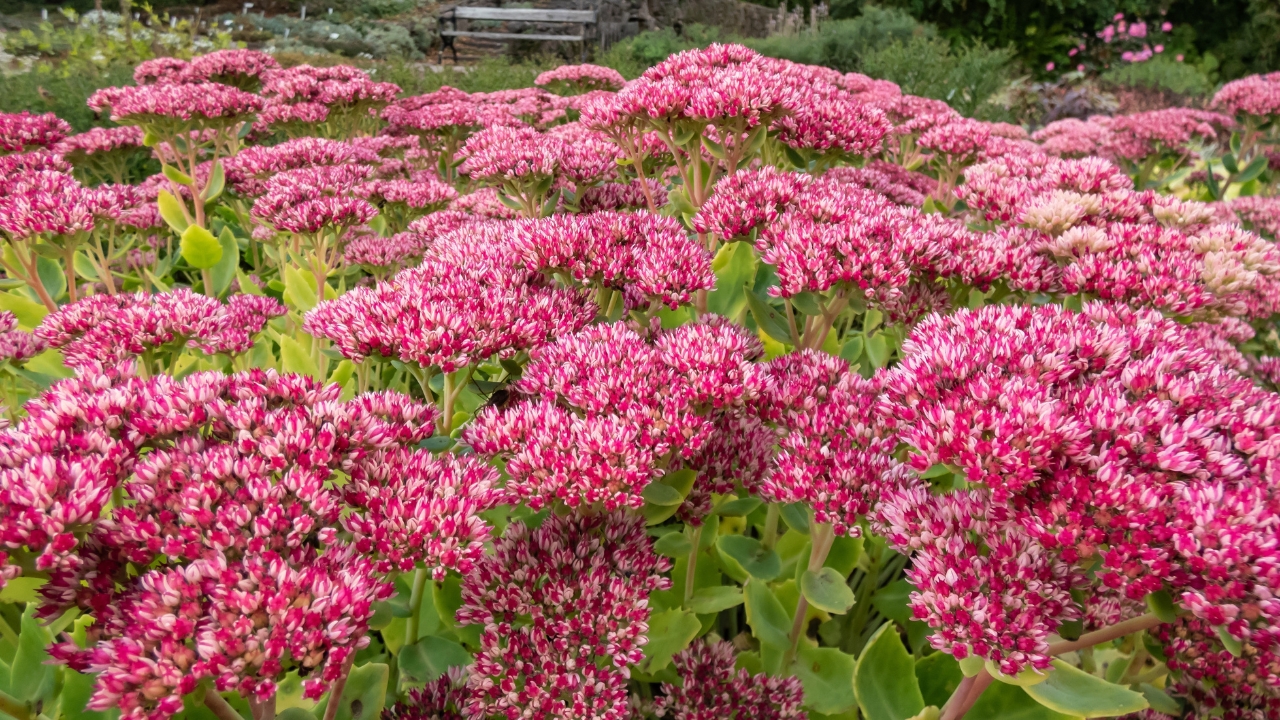
Sedum is a fleshy-leaved perennial that holds up in dry conditions and poor soil. There are groundcover varieties and taller types that bloom late in the season, adding texture and color when a lot of other stuff is done for the year.
It thrives in full sun and doesn’t need much watering. Too much moisture will actually rot the roots, so skip the over-care. You don’t have to do much pruning either—just cut it back in the fall or early spring to keep it tidy.
Liriope (Monkey Grass)

Liriope is one of those border plants that always looks tidy without much help. It’s technically a grass-like groundcover, but it puts out little purple flower spikes in late summer that give it a nice boost of color.
It works in sun or shade and is happy in most soil types. Once established, it’s drought-tolerant and rarely needs attention. You can shear it back in early spring before new growth starts if it’s looking rough, but otherwise, it’s easygoing.
Yucca

Yucca plants are built for survival. They’re striking with their spiky leaves and tall flower stalks, but they don’t need pampering. They thrive in sandy or rocky soil and laugh in the face of drought. If you’ve got a dry, sunny spot, this is your plant.
Stick it in full sun and make sure the soil drains well. Don’t water it much once it’s established. It doesn’t like wet feet. Be careful where you plant it, though—the leaves are sharp, so it’s not one you want next to walkways.
Butterfly Bush (Buddleia)
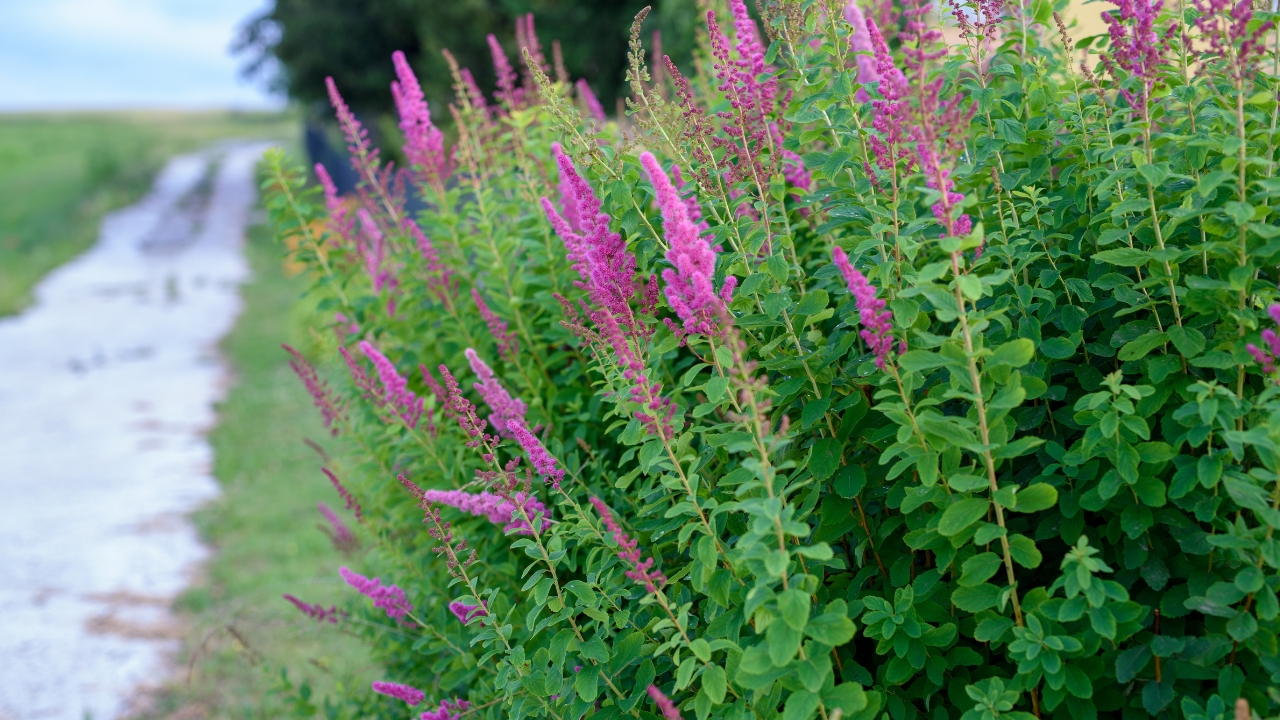
Butterfly bush lives up to its name—it draws in butterflies and other pollinators like crazy. It blooms all summer long and into fall, and it can grow into a big, showy shrub if you let it.
It needs full sun and good drainage. You’ll want to prune it back hard in early spring to encourage fresh growth and more flowers. It’s drought-tolerant once it’s established and doesn’t need much in the way of fertilizer or special care.
*This article was developed with AI-powered tools and has been carefully reviewed by our editors.

